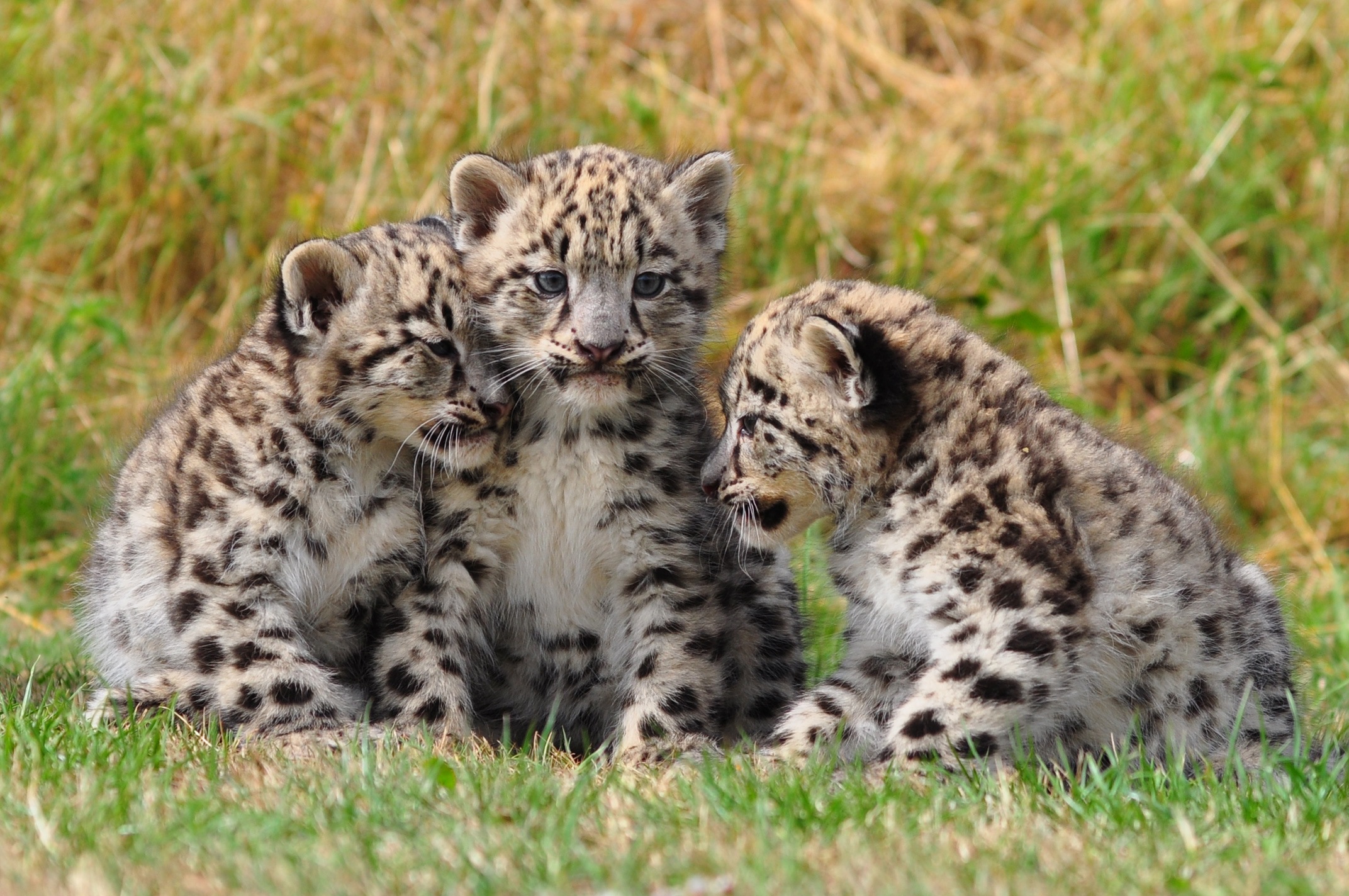Up to now, the snow leopard was considered as a single species (Panthera uncia, in Latin), what most scientists would call a “monotypic” species or a single species: All the animals in the world were considered part of a single species with no significant difference. But this may change soon after a study by researchers, including Dr. Rodney Jackson, Director-Founder of the Snow Leopard Conservancy in Sonoma, California, Tshewang Wangchuk, Executive Director of the Bhutan Foundation, who also serves on the Snow Leopard Conservancy’s Board of Directors, and Dr. Jan E. Janecka, Duquesne University, and up to 20 other institutions working to protect the snow leopard.
They believe that their work identifies three different subspecies of the elusive snow leopard:
- A Northern subspecies (Panthera uncia irbis), found in the Altai region.
- A Central subspecies (Panthera uncia uncioides), found in the core Himalaya and Tibetan Plateau.
- A Western subspecies (Panthera uncia uncia), found in the Tian Shan, Pamir and trans-Himalaya mountain ranges.
They worked DNA analysis from animal scat collected around the places where the cats are living and they sequenced it in order to identify genetic groupings that clearly define subspecies.
This is important because it means that actions to protect the snow leopard have to take this into account in order to preserve the full subspecies range (snow leopards are rare but spread over a huge expanse of territory in a large part of Central Asia).
Source: I initially missed this May’17 information from the Snow Leopard Conservancy.
